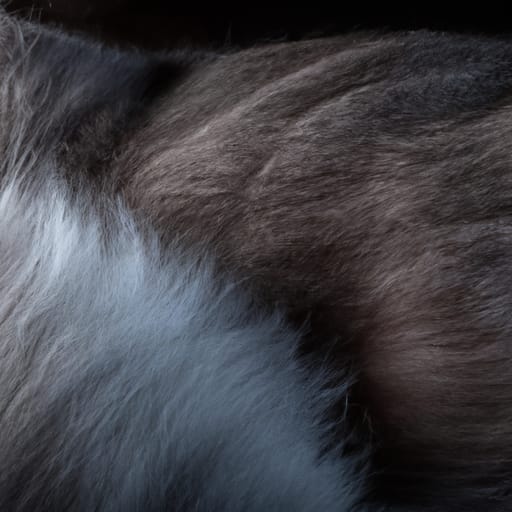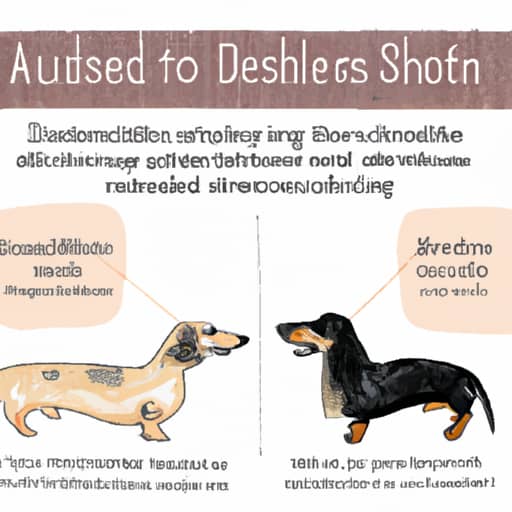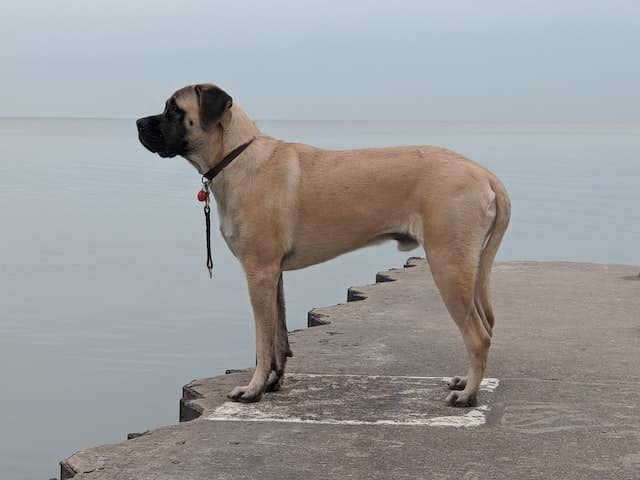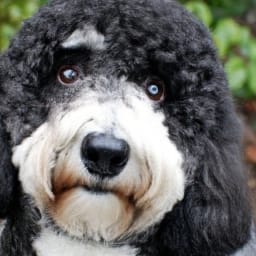Siberian Husky Shedding: Why Do Siberian Husky Shed?
Do Siberian Husky Shed? Have you ever wondered why Siberian Huskies shed so much? Well, look no further! In this article, we will explore the reasons behind the excessive shedding of Siberian Huskies and provide you with helpful insights to better understand and manage this natural process. From the Husky’s thick double coat and seasonal shedding patterns to potential health issues and grooming tips, we’ve got you covered. So, if you’re a proud owner of these beautiful dogs or simply curious about their shedding habits, read on to uncover the mysteries of Siberian Husky shedding!
Causes of Siberian Husky Shedding
Siberian Huskies are beautiful dogs known for their stunning double coat. However, this double coat is the main reason why they shed so much. Shedding is a natural process for all dogs, but Siberian Huskies shed more than other breeds. Understanding the causes of shedding is essential for keeping their coat healthy and managing the inevitable shedding that comes with owning a Siberian Husky.
Genetics
Genetics play a significant role in the shedding tendencies of Siberian Huskies. These dogs have a double coat, which consists of a soft, insulating undercoat and a coarse, outer guard coat. This double coat helps protect them from the harsh environments they were originally bred to survive in. However, this double coat also means that they shed more than other breeds, especially during certain times of the year.
Double Coat
The double coat of a Siberian Husky serves a vital purpose in regulating their body temperature. The fluffy undercoat acts as insulation, keeping them warm in cold weather. When summer arrives, Siberian Huskies naturally shed their thick winter coats to make way for a lighter summer coat. This shedding process, also known as blowing coat, can be quite extensive and can last for several weeks.
Blowing Coat
The blowing coat phenomenon occurs twice a year, typically in the spring and fall. During this time, you may notice an abundance of loose fur on your Husky, leading to a significant increase in shedding. It is important to note that not all Siberian Huskies blow their coat to the same extent, as genetics and individual variation play a role in this process. Regular grooming and proper nutrition can help minimize the effects of blowing coat and reduce the amount of loose fur around your home.

Seasonal Shedding
In addition to shedding their winter coat, Siberian Huskies may also experience seasonal shedding related to climate changes. These dogs are built to withstand harsh winter conditions, so they have adapted to shed their undercoat as the weather warms up. This shedding helps them stay cool during the hot summer months.
Adapting to Climate Changes
Siberian Huskies have an incredible ability to adapt to different climates. However, when they are exposed to drastic changes in temperature, their bodies respond by shedding their fur to adjust their level of insulation. This shedding is a natural process for them to maintain their body temperature and ensure their comfort in different environments.
Preparing for New Seasons
As the seasons change, your Husky will go through a shedding process to prepare for the upcoming weather conditions. During the transition from winter to spring, they will shed their thick winter coat and grow a lighter, thinner coat suitable for warmer temperatures. Similarly, in the transition from summer to fall, they will shed their summer coat and grow a thicker undercoat to keep them warm during the colder months. This shedding process is necessary for their overall health and well-being.
Health Issues
While shedding is a natural process, excessive shedding in Siberian Huskies can sometimes be a sign of underlying health issues. It is important to be aware of certain health conditions that can cause increased shedding in these dogs.
Allergies
Siberian Huskies, like many other breeds, can develop allergies to various environmental factors such as pollen, dust mites, or certain foods. These allergies can cause skin irritation, leading to excessive itching and shedding. If you notice your Husky scratching excessively or shedding more than usual, it may be worth exploring possible allergies as the underlying cause.
Hormonal Imbalances
Hormonal imbalances can also contribute to excessive shedding in Siberian Huskies. Conditions such as hypothyroidism or Cushing’s disease can disrupt the normal functioning of the endocrine system, resulting in irregular shedding patterns. If you suspect a hormonal imbalance, it is essential to consult with a veterinarian for proper diagnosis and treatment.
Skin Infections
Skin infections can cause skin irritation and inflammation, leading to increased shedding in Siberian Huskies. Bacterial or fungal infections, as well as parasitic infestations, can all contribute to skin issues that result in excessive shedding. Regular grooming and maintaining good hygiene can help prevent these infections, but if your Husky is experiencing persistent shedding along with skin problems, a veterinarian should be consulted for appropriate treatment.
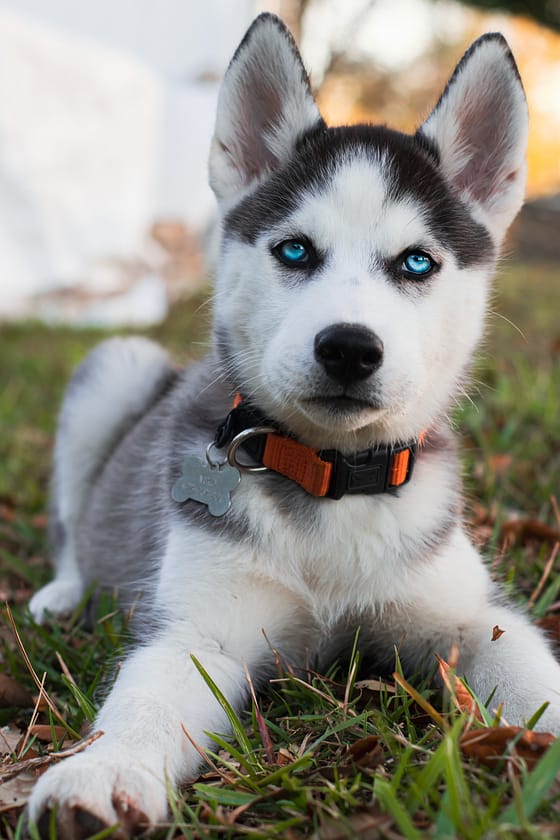
Stress and Anxiety
Stress and anxiety can have a significant impact on a Siberian Husky’s shedding patterns. These dogs are known for being highly sensitive and prone to experiencing anxiety in certain situations.
Environmental Changes
Siberian Huskies thrive in a structured and consistent environment. Any significant changes to their surroundings, such as moving to a new home, introducing a new family member, or even rearranging furniture, can cause stress and lead to increased shedding. If you notice excessive shedding after a major change, try to create a calm and stable environment for your Husky to help alleviate their anxiety.
Separation Anxiety
Siberian Huskies are known for their pack mentality and their strong bond with their owners. When they are left alone for extended periods, they can develop separation anxiety, which may manifest in behaviors such as excessive shedding. If your Husky exhibits signs of separation anxiety, it is crucial to address the issue through training, socialization, and gradually increasing their independence.
Diet and Nutrition
The quality of your Siberian Husky’s diet can have a significant impact on their coat health and shedding patterns. Providing them with a balanced and nutritious diet is crucial for their overall well-being.
Lack of Essential Nutrients
A diet lacking in essential nutrients, such as omega-3 fatty acids and certain vitamins, can result in a dull and dry coat, as well as increased shedding. Ensure that your Husky’s diet includes high-quality protein sources, healthy fats, and a variety of fruits and vegetables to provide the necessary nutrients for a healthy coat.
Poor Quality Food
Feeding your Husky low-quality or inappropriate food can also contribute to shedding issues. Cheap fillers, artificial additives, and low-grade protein sources can lead to allergic reactions and skin irritations, resulting in excessive shedding. Opt for high-quality, grain-free dog food that is specifically formulated for the dietary needs of Siberian Huskies.
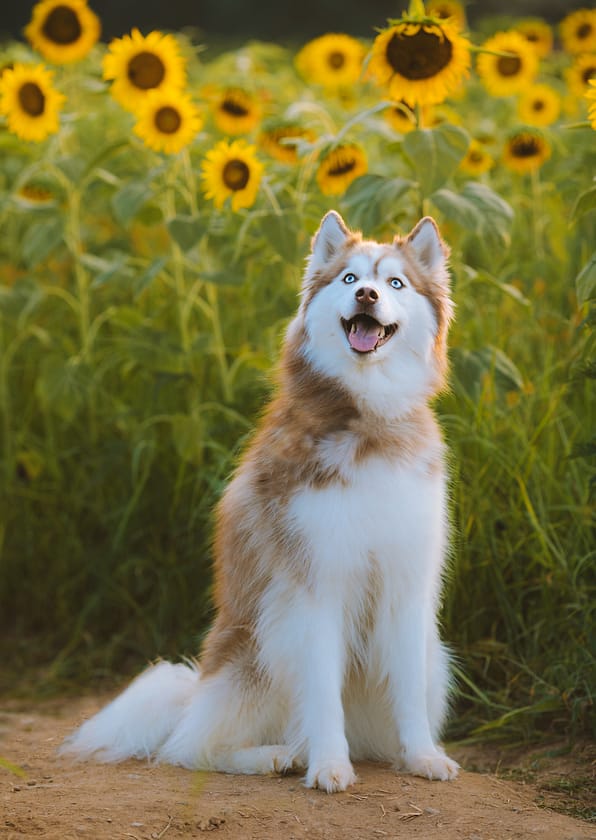
Managing Shedding in Siberian Huskies
While shedding is a natural and unavoidable part of owning a Siberian Husky, there are several steps you can take to manage and minimize the shedding.
Regular Grooming
Regular grooming is essential for keeping your Husky’s coat healthy and minimizing shedding. Brushing them several times a week will help remove loose fur and prevent matting. Additionally, it allows you to inspect their skin for any signs of infections or irritations. During the blowing coat phase, daily brushing is recommended to ease the shedding process and keep loose fur under control.
Proper Nutrition
Providing your Husky with a balanced and nutritious diet is crucial for maintaining a healthy coat. Ensure that their food contains adequate levels of protein, healthy fats, and essential vitamins and minerals. Adding supplements such as fish oil or omega-3 fatty acids can also promote coat health and reduce shedding.
Exercise and Mental Stimulation
Siberian Huskies are an active and intelligent breed that thrives on physical and mental stimulation. Regular exercise and engaging activities can help reduce stress and anxiety levels, which in turn can minimize shedding caused by stress-related factors. Providing them with enough physical and mental stimulation will help keep their coat healthy and reduce excessive shedding.
Minimizing Anxiety
Creating a calm and stable environment for your Husky is crucial in minimizing anxiety-related shedding. Stick to a consistent routine, provide them with ample socialization and training, and give them a safe and comfortable space to retreat to when they feel stressed. Additionally, using tools such as anxiety-reducing toys or calming supplements can help alleviate anxiety and reduce shedding.
Consulting a Veterinarian
If you have concerns about your Siberian Husky’s shedding or suspect underlying health issues, it is always best to consult with a veterinarian. They can help identify any potential health problems, provide guidance on managing shedding, and recommend appropriate treatments if necessary. Regular check-ups with a veterinarian are essential for maintaining your Husky’s overall health, which includes their coat condition.
Regular Grooming
Regular grooming is an essential aspect of caring for a Siberian Husky. Proper grooming techniques can help minimize shedding and keep their coat healthy and beautiful.
Brushing Techniques
Brushing is the most crucial grooming activity for a Siberian Husky. Using a high-quality slicker brush or an undercoat rake, gently brush your Husky’s coat several times a week. This helps remove loose fur and prevents it from accumulating in your home. During the blowing coat phase, daily brushing is recommended to keep the shedding under control.
Bathing Frequency
Contrary to popular belief, Siberian Huskies do not require frequent baths. Over-bathing can strip their coat of natural oils, leading to dryness and increased shedding. Aim to bathe your Husky only when necessary, such as when they are visibly dirty or have a strong odor. Use a gentle dog shampoo and thoroughly rinse their coat to prevent any shampoo residue that can irritate their skin.
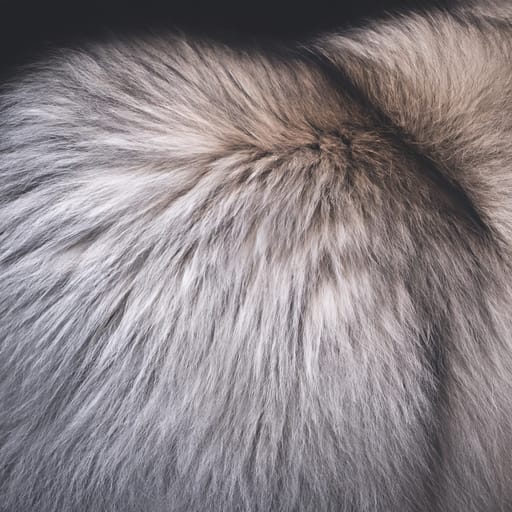
Proper Nutrition
Proper nutrition is key to maintaining a healthy coat and minimizing shedding in Siberian Huskies. Pay attention to your Husky’s diet and ensure they receive the necessary nutrients for optimal coat health.
Balanced Diet
A balanced diet is crucial for a healthy coat. Ensure that your Husky’s diet includes high-quality protein sources, healthy fats, and a variety of fruits and vegetables. Avoid food with artificial additives, fillers, or low-quality protein sources that can contribute to shedding issues. Consulting with a veterinarian or a professional dog nutritionist can help you choose the best diet for your Husky.
Supplements for Coat Health
Supplements, such as fish oil or omega-3 fatty acids, can be beneficial for maintaining a healthy coat in Siberian Huskies. These supplements provide essential fatty acids that promote coat health, reduce shedding, and help alleviate dryness and itchiness. Consult with a veterinarian before adding any supplements to your Husky’s diet to ensure proper dosage and suitability for your dog.
Consulting a Veterinarian
If your Siberian Husky’s shedding seems excessive or you suspect any underlying health issues, consulting a veterinarian is crucial. A veterinarian can properly assess your Husky’s overall health, conduct necessary tests, and identify any potential health problems that may be causing excessive shedding.
Identifying Underlying Health Issues
A veterinarian can help identify any potential underlying health issues that may be contributing to excessive shedding. Through proper examination and diagnostics, they can rule out conditions such as allergies, hormonal imbalances, or skin infections. Once the underlying cause is determined, appropriate treatment can be prescribed.
Getting Professional Advice
Veterinarians are knowledgeable professionals who can provide expert advice on managing shedding in Siberian Huskies. They can suggest specific grooming techniques, recommend suitable products for your Husky’s coat, and offer dietary recommendations. Regular check-ups with a veterinarian are essential for your Husky’s overall health and can help ensure their coat remains healthy, vibrant, and shedding is kept under control.
In conclusion, shedding is a natural process for Siberian Huskies due to their genetics, seasonal adaptation, health issues, stress, and dietary factors. Understanding the causes of shedding and implementing proper grooming techniques, nutrition, and stress management strategies can help minimize shedding and maintain a healthy coat for your beloved Siberian Husky. Remember to consult with a veterinarian if you have any concerns or questions about your Husky’s shedding patterns or overall health. With proper care and attention, you can keep your Husky’s coat looking beautiful and minimize the impact of shedding in your home.
